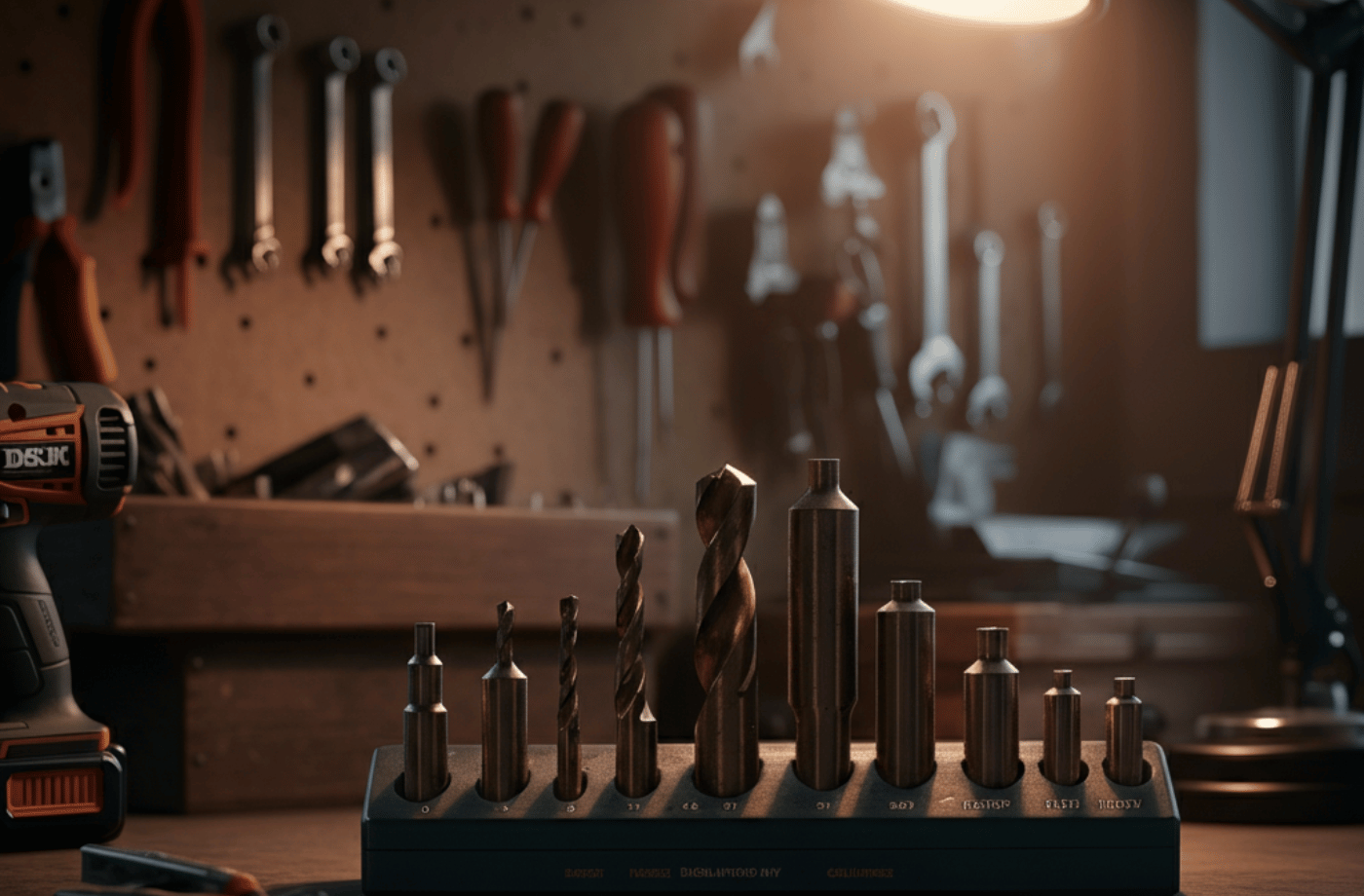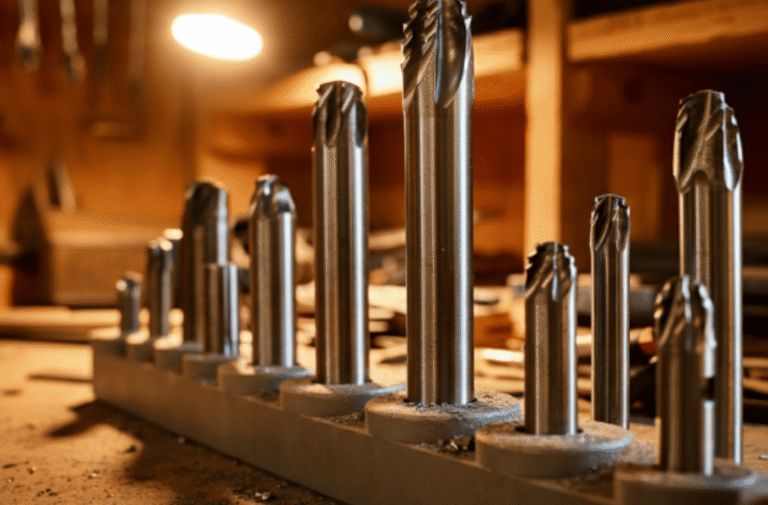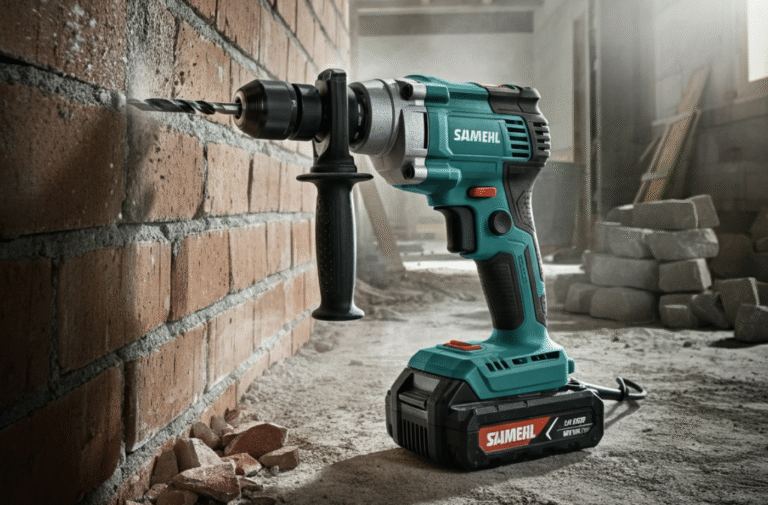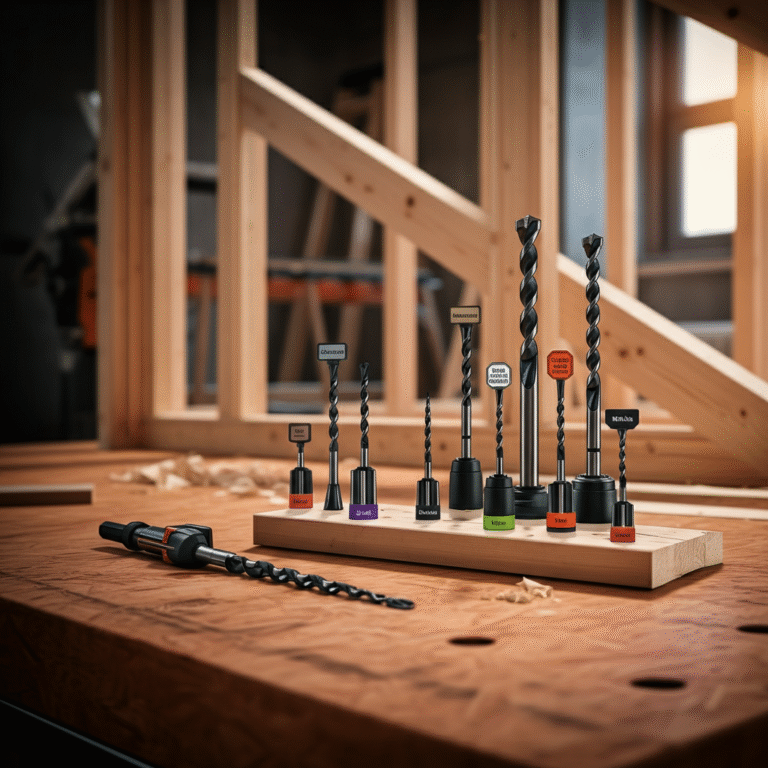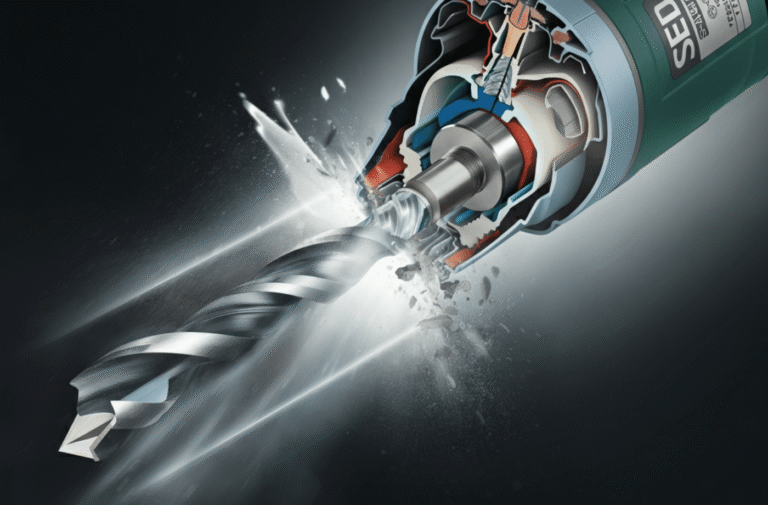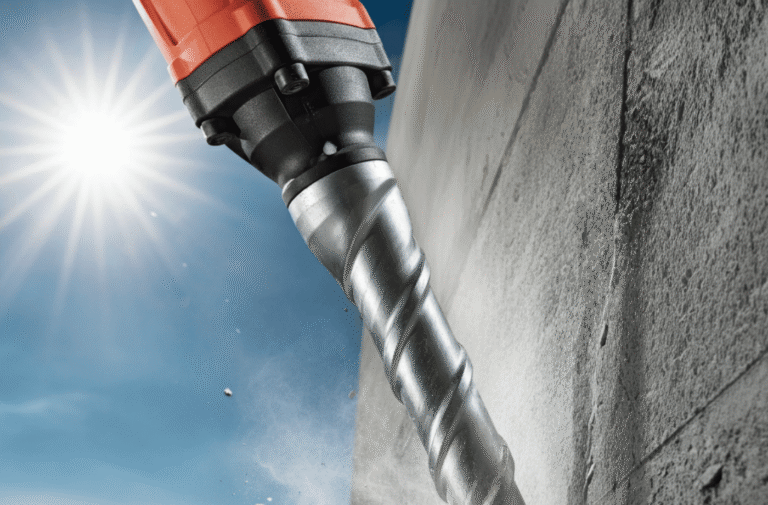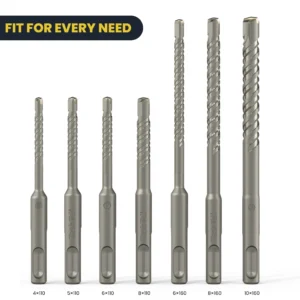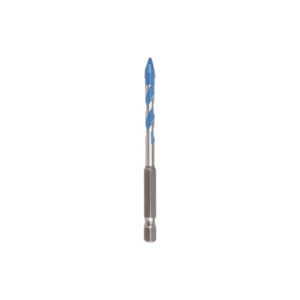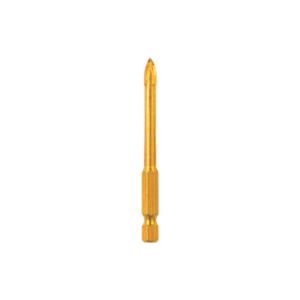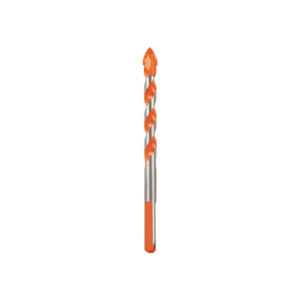Selecting the right drill bit for a project can feel overwhelming, especially when you’re faced with a range of SDS (Special Direct System) drill bit sizes. Whether you’re mounting shelves, drilling into concrete, or tackling a DIY renovation, using the correct SDS bit is crucial for precise results and avoiding unnecessary damage to your tools and materials.
This guide will break down everything you need to know about SDS drill bits, including what they are, why they’re unique, common sizes, and how to choose the perfect bit for your next DIY project. Whether you’re a beginner or a seasoned DIY enthusiast, by the end of this, you’ll feel more confident navigating those hardware store shelves.
What Are SDS Drill Bits?
First things first, what are SDS drill bits? SDS stands for “Special Direct System” or “Slotted Drive System.” These bits are specifically designed to be used with hammer drills for heavy-duty tasks like drilling into tough materials such as concrete, brick, and stone. Their distinctive feature lies in the slots or grooves in the shank of the bit, which enable a secure fit into the chuck of the drill.
The SDS system is highly efficient because it allows the bit to move slightly back and forth during drilling, which enhances the hammering motion of the drill. This movement makes SDS drill bits ideal for tasks like demolition or concrete anchoring, where regular drill bits often fall short.
Why Do DIYers Choose SDS Bits?
- Superior grip: The grooved shank design keeps the bit firmly in place, even during intense hammering.
- Enhanced durability: SDS bits are built to withstand heavy-duty use, ensuring they don’t wear out prematurely.
- Effortless drilling: The unique design requires less manual force, allowing for smoother and quicker penetration into hard surfaces.
SDS drill bits are less about versatility (like standard drill bits) and more about excelling in highly specialized tasks, particularly those involving masonry or other tough materials.
Common SDS Drill Bit Sizes
When shopping for SDS drill bits, you’ll notice they come in a variety of diameters and lengths. The most common sizes fall within these ranges:
1. Diameter Sizes
- Thin bits (4 – 8mm): Ideal for light-duty tasks like creating holes for wall anchors or smaller screws.
- Mid-range bits (10 – 16mm): Commonly used for medium-duty applications, such as securing bolts or anchors in concrete.
- Thick bits (18 – 30mm): Perfect for heavy-duty tasks like making larger openings in concrete or brick walls.
2. Lengths
The length of an SDS drill bit ranges from 110mm to over 1000mm. Shorter bits are perfect for smaller jobs like attaching fixtures, while longer bits are needed for deeper or through-holes, such as anchoring in thick walls.
Your choice of size ultimately depends on your project requirements, but having a selection of diameters and lengths in your toolbox will make you well-equipped for various tasks.
Don’t Forget About SDS Max vs. SDS Plus
Before choosing a drill bit size, you need to ensure compatibility with your drill. SDS drills fall into two major categories:
- SDS Plus: These are the most commonly used in DIY and light industrial settings. They typically handle bit diameters ranging from 4mm to about 20mm.
- SDS Max: Designed for heavy-duty applications, these larger units take drill bits with shank diameters starting at around 20mm. They’re the go-to for professionals handling large-scale demolition work.
Always confirm if your drill is SDS Plus or SDS Max before purchasing bits, as they aren’t interchangeable.
Which SDS Drill Bit Should You Use?
Choosing the right SDS drill bit hinges on three main factors:
1. Material
What are you drilling into? Concrete, brick, and stone all have slightly different drilling needs:
- For concrete, go for carbide-tipped SDS bits to withstand abrasion.
- For brick or softer stone, standard SDS bits will typically work well without excessive wear.
- For reinforced concrete, you may need specialized rebar-cutting SDS bits.
2. Hole Size
Understand the diameter and depth of the hole you need to create. For securing things like wall anchors or screws, opt for smaller diameter bits (6-10mm). For structural bolts or conduits, you’ll need larger bits (14-25mm).
3. Project Scale
For small DIY tasks like putting up shelves or hanging drywall, SDS Plus bits in the 5mm-12mm range are often sufficient. For bigger jobs like drilling through walls or creating pathways for utility lines, SDS Max bits will likely be required.
Expert Tips for Using SDS Drill Bits
Now that you know how to pick the right bit, here are some practical tips for using them effectively:
- Check your drill settings:
Ensure your drill is set to the correct hammer mode. Regular drill bits cannot handle the hammer action, but SDS bits are designed for it.
- Match your bit type to the job:
Using the wrong type of SDS drill bit could lead to shattered bits, damaged materials, or even injuries. Always remember to prioritize the right tool for the job.
- Use steady pressure:
SDS drills are powerful, so you don’t need to apply overly aggressive force. Allow the hammering motion to do the hard work.
- Clean the bit regularly:
Dust and debris can clog the bit and reduce its effectiveness. A quick clean between uses can increase its lifespan.
- Wear safety gear:
Drilling into concrete or brick produces fine dust particles that can harm your eyes and lungs. Always use protective eyewear and a mask.
Why SDS Drill Bits Are a Staple for DIYers
For DIYers tackling masonry work, an SDS drill bit is an absolute game-changer. The speed, accuracy, and ease they offer when working with tough materials make them indispensable for home improvement projects. Whether you’re fixing a heavy shelf into a concrete wall or installing outdoor fencing, SDS bits will save you time and effort compared to traditional bits.
Plus, with such a wide variety of sizes and styles available, there’s an SDS bit for virtually any project you can imagine.
Discover the Joy of Effortless Drilling
Now that you’ve got the lowdown on SDS drill bits, it’s time to put this knowledge into action. Next time you’re planning a DIY project, take a moment to assess the materials and tasks at hand before picking out your drill bits. It could make all the difference in your results.
Still unsure about which bit is right for your project? Visit your local hardware store or consult an expert to ensure you’re investing in the right tools. Happy drilling!

